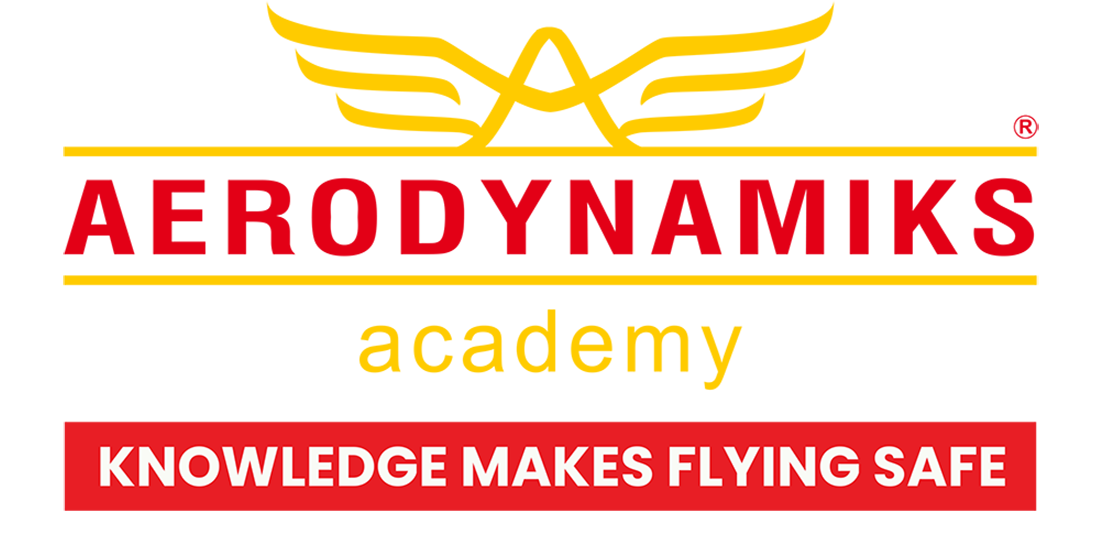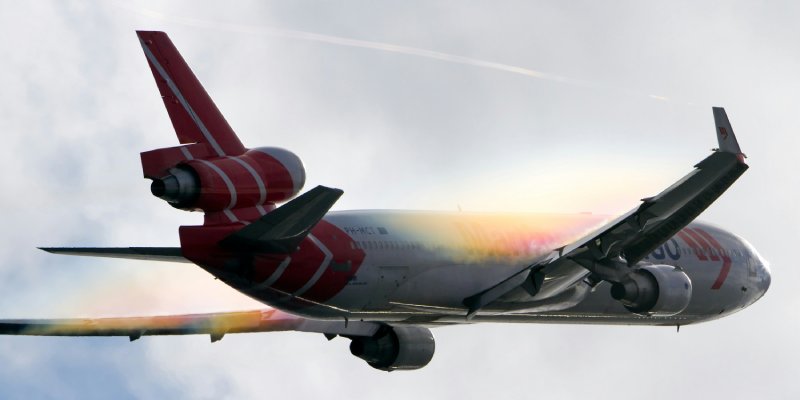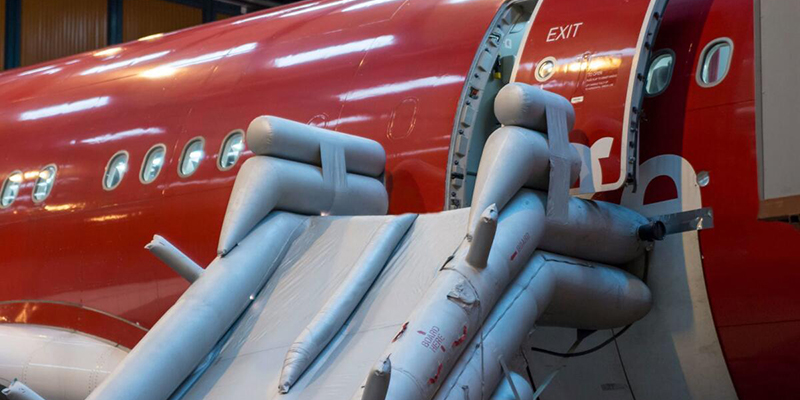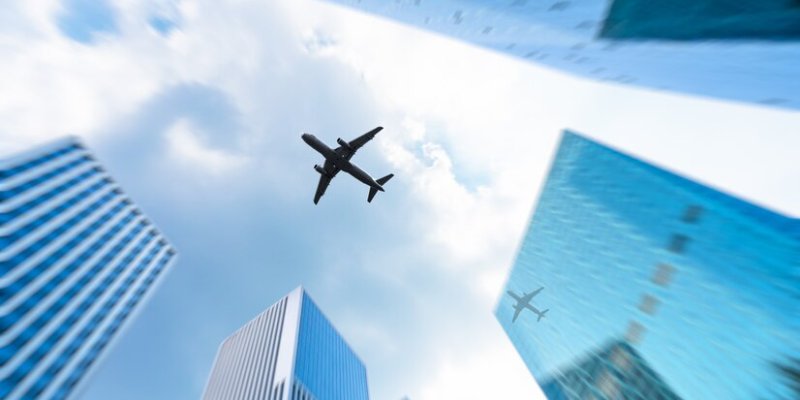Next time you’re on a plane, or even just watching aircraft take off and land, take a peek at those giant numbers painted on the runways. Ever wondered what they mean? Are they just random? Do they indicate length?
The answer is actually pretty cool, and it’s all about making flying safer and super efficient. Think of it like a universal language for pilots and air traffic controllers around the globe.
Let’s break it down!
The Big Secret: It's All About Direction!
The most important thing to know is that runway numbers tell you the direction the runway is pointing.
Imagine standing on a runway with a giant compass rose beneath you. North is 360 degrees (or 0 degrees), East is 90 degrees, South is 180 degrees, and West is 270 degrees.
Runways are numbered based on their magnetic heading (the direction they face on a compass), rounded to the nearest 10 degrees, with the last zero dropped.
- Example 1: If a runway points roughly East (which is 90 degrees on a compass), it will be numbered 09. (90 degrees, drop the zero, you get 09).
- Example 2: If a runway points roughly South-West (which is 220 degrees on a compass), it will be numbered 22. (220 degrees, drop the zero, you get 22).
- Example 3: A runway pointing roughly North (360 degrees) will be 36.
The Precision of Rounding: How Bearings Become Runway Numbers
The magnetic bearing of a runway is a very precise measurement, often down to a single degree (e.g., 092°, 217°, 005°). However, to keep runway numbers simple and easy to recognize quickly, we don’t use these exact degrees. Instead, we round them to the nearest 10 degrees.
- If the Last Digit is 0, 1, 2, 3, or 4: You round down to the nearest ten. This means you just change the last digit to a 0.
- If the Last Digit is 5, 6, 7, 8, or 9: You round up to the nearest ten. This means you increase the “tens” digit by one and change the last digit to a 0.
- Example 3: A runway pointing roughly North (360 degrees) will be 36.
Let’s look at some examples:
Example 1: Heading 092°
- The last digit is ‘2’.
- Since ‘2’ is 4 or lower, we round down.
- 092° rounds to 090°.
- Dropping the zero, the runway number is 09.
Example 2: Heading 217°
- The last digit is ‘7’.
- Since ‘7’ is 5 or higher, we round up.
- 217° rounds to 220°.
- Dropping the zero, the runway number is 22.
Example 3: Heading 005°
- The last digit is ‘5’.
- Since ‘5’ is 5 or higher, we round up.
- 005° rounds up to 010°.
- Dropping the zero, the runway number is 01.
- (Note: This is how you get a runway “01” even if its exact heading isn’t 10 degrees.)
See? Simple math!
Why Magnetic North? (And Why They Sometimes Change!)
You might be thinking, “Why magnetic north and not true north?” Good question! Pilots use magnetic compasses and instruments in their cockpits, so it makes perfect sense to number runways based on what their instruments show them. This keeps everything consistent and easy to follow.
Fun fact: The Earth’s magnetic North Pole actually shifts a little bit over time. Because of this, very occasionally, runways might need to be renumbered and repainted if their magnetic heading changes significantly enough. It doesn’t happen often, but it’s a testament to how precise aviation needs to be!
Two Ways to Use a Runway: The 180-Degree Rule
Most runways can be used in both directions, depending on which way the wind is blowing Wind is the boss! Pilots prefer to take off and land into the wind for better lift and control. That’s why air traffic control will decide which end of the runway is in use based on the current wind conditions.)
This is where another clever bit comes in: the numbers at opposite ends of the same runway will always be 18 apart.
- If you’re taking off on Runway 09 (heading roughly East), you’re landing on Runway 27 when approaching from the opposite direction (09 + 18 = 27, heading roughly West).
- If you’re landing on Runway 36 (heading North), you’re taking off on Runway 18 from the other end (36 – 18 = 18, heading South).
It’s literally just adding or subtracting 180 degrees (half a circle) from the compass heading!
When One Isn't Enough: Decoding the L, C, R
At busy airports, you’ll often find multiple runways running parallel to each other. How do pilots tell them apart? Simple: with letters!
- L for Left
- C for Center (if there are three parallel runways)
- R for Right
So, you might see “Runway 09L” and “Runway 09R” at an airport, meaning they both point roughly East, but one is to the left and one is to the right from a pilot’s perspective when approaching that direction. If there’s a middle one, it’s “Runway 09C“.
So, Why Does This Matter?
This whole numbering system is critical for a few reasons:
- Safety: Pilots immediately know which runway to use and which direction to approach it from.
- Clarity: Air traffic controllers can give clear, unambiguous instructions.
- Efficiency: It keeps the flow of aircraft smooth and organized at busy airports.
It’s a fantastic example of how simple, logical rules can create a universally understood system that keeps millions of people safe every day!
The next time you’re at an airport, take a moment to appreciate those big numbers. They’re not just decorations; they’re a vital part of the incredible dance of aviation!







